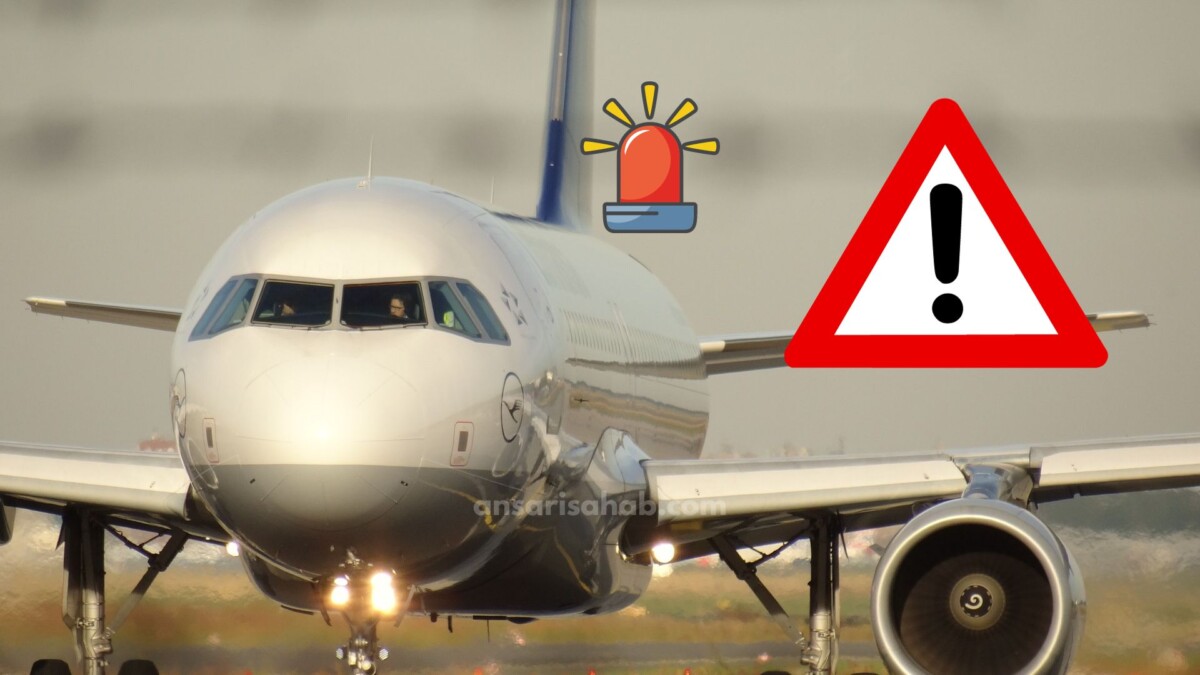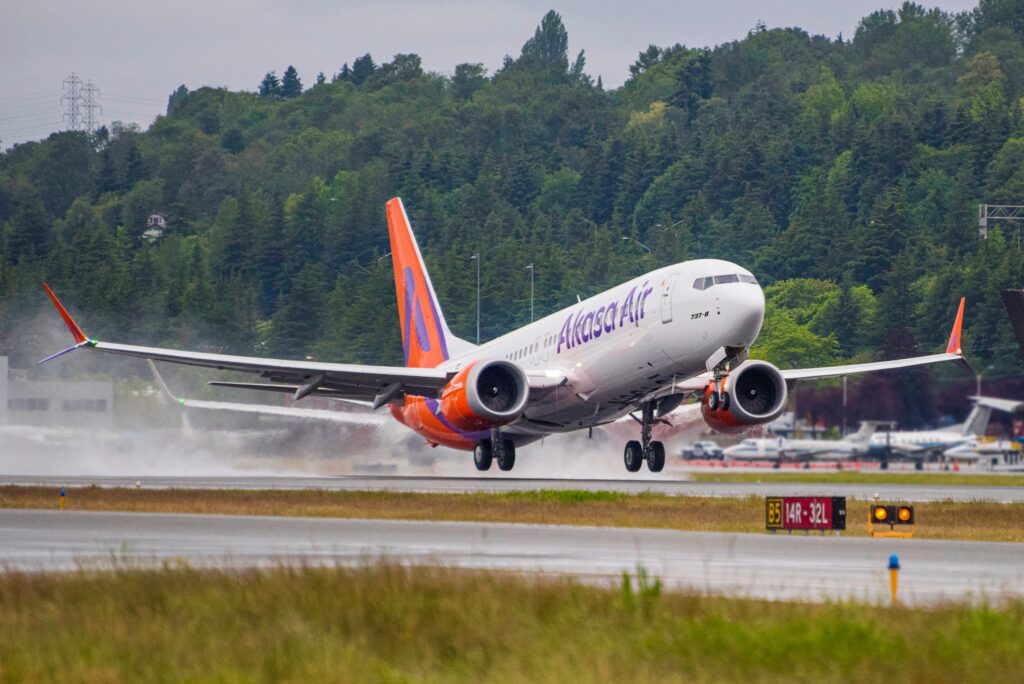In a shocking incident at Salt Lake City International Airport, a 30-year-old man, identified as Kyler Efinger, was discovered dead inside an airplane engine. The bizarre and tragic event unfolded on a Delta flight from Salt Lake City to San Francisco, leaving passengers and authorities perplexed. This blog aims to provide a comprehensive analysis of the incident, covering the timeline, response, and the ongoing investigations into this unusual case.
The Timeline of Events:
The sequence of events leading to the discovery of Kyler Efinger inside the airplane engine is crucial to understanding the incident fully. At around 9:50 p.m., a store manager at the airport reported a disturbance involving Efinger, who had passed through an emergency exit door inside the terminal. Subsequently, Salt Lake City Police officers initiated a search for Efinger, receiving updates on his location and description.
At 10:06 p.m., personal items belonging to Efinger, including clothing and shoes, were found on one of the airport runways. Shortly after, dispatchers informed police that Efinger was located at one of the airport’s de-icing pads. Shockingly, he had crawled underneath an aircraft and accessed the engine.
At 10:08 p.m., officers arrived to find Efinger unconscious and partially inside the wing-mounted engine of an operational commercial aircraft on the de-icing pad. Despite immediate efforts to revive him, including CPR and the administration of naloxone, Efinger tragically died on the scene.
Flight Disruption and Passenger Safety:
The affected flight, Delta 2348 from Salt Lake City to San Francisco, was promptly canceled after the 95 passengers safely deplaned. The Airbus A220, crewed by two pilots and three flight attendants, returned to the gate following the incident. Passengers were rebooked on alternative flights, emphasizing Delta’s commitment to ensuring the safety and security of its customers.
Suggested: Japan Airlines Plane Fire at Tokyo’s Haneda Airport – All 379 Onboard Safe After Collision
Response and Investigation:
The Salt Lake City Police Department, along with airport authorities, swiftly responded to the unfolding situation. A detailed timeline provided by the police outlines the steps taken to locate Efinger and the subsequent discovery of his tragic situation. The Federal Aviation Administration (FAA), National Transportation Safety Board (NTSB), and Transportation Security Administration (TSA) are actively involved in investigating this unusual occurrence.
The autopsy process, including potential toxicology reports, will be crucial in determining the cause and manner of Efinger’s death. Medical examiners and law enforcement agencies are collaborating to unravel the mystery surrounding this incident.
Safety Measures and Airport Operations:
Despite the shocking nature of the event, airport operations remained unaffected. Authorities successfully secured the airport’s west runway, where the incident occurred, and coordinated efforts to ensure the safety of all passengers and personnel. This emphasizes the resilience and efficiency of emergency response teams in handling unforeseen circumstances.
Conclusion:
The tragedy at Salt Lake City International Airport has left the aviation community and the public in shock. The peculiar circumstances surrounding Kyler Efinger’s death raise numerous questions, and ongoing investigations by aviation authorities and law enforcement agencies aim to provide answers. As the incident unfolds, it serves as a poignant reminder of the paramount importance of safety and security within the aviation industry.









